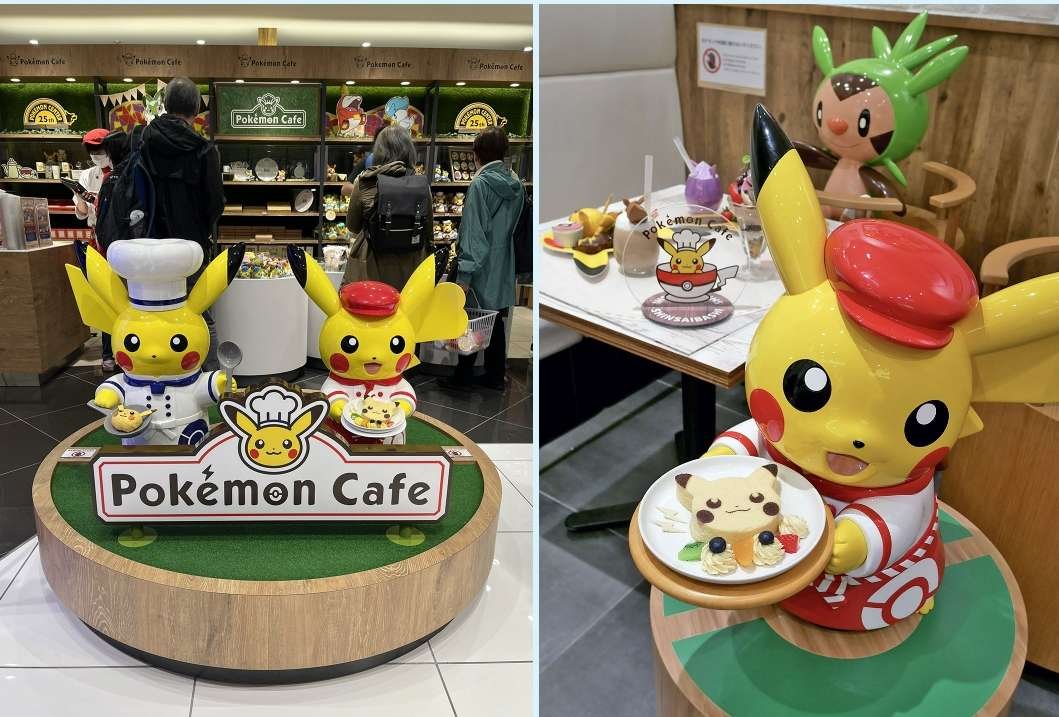When we think about Japan, one of the first things that comes to mind is the abundance of cuteness in everyday life, from tiny knickknacks to renowned cartoon characters. But Kawaii culture is much more than a passing fad or a penchant for adorable things; it’s a deeply established social and aesthetic phenomena that has affected Japanese society for decades.
So, what is Kawaii and what does kawaii mean? And why is it so effective? Let us delve into the interesting realm of Kawaii culture in Japan and discover its surprising depth.
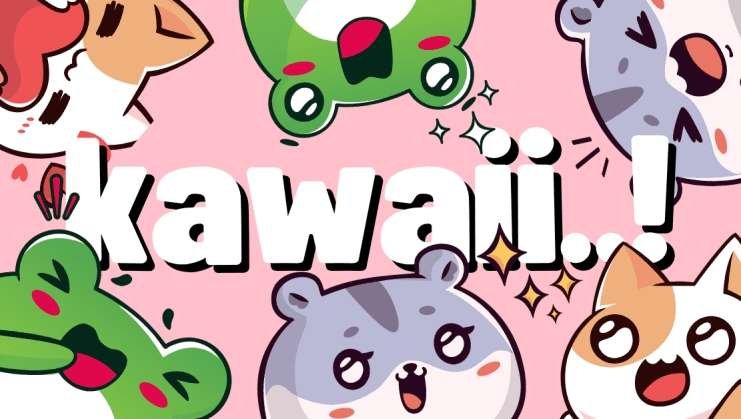
What is Kawaii?
“Kawaii” is more than simply a term for cuteness in Japanese; it represents a complex cultural backdrop. In modern Japan, the term “Kawaii” refers to sweetness, innocence, and charm.
However, few people understand that the notion has been around for nearly a thousand years. The name originated from the old word “Kaohayushi,” which denoted the crimson cheeks of someone who was humiliated or guilty.
Over time, “Kaohayushi” became “Kawayushi,” and its meaning altered from flushing to reflecting sentiments like as fragility, smallness, and sensitivity. By the Muromachi era, “Kawayushi” had evolved into “Kawaii,” the contemporary expression of cuteness we recognize today.
Cuteness as a cultural phenomenon
Kawaii is more than simply an aesthetic in Japan; it’s a way of life, with decorative goods and stationery as well as renowned characters on display. The notion of Kawaii is sometimes associated with Konrad Lorenz’s “baby schema” theory, which holds that particular facial and physical traits, such as round faces and wide eyes, elicit protective and caring feelings in others.
In Japan, these traits are not confined to things; they are also applied to individuals. For example, women with gentle, childish voices and large, innocent eyes are sometimes referred to as “Kawaii.”
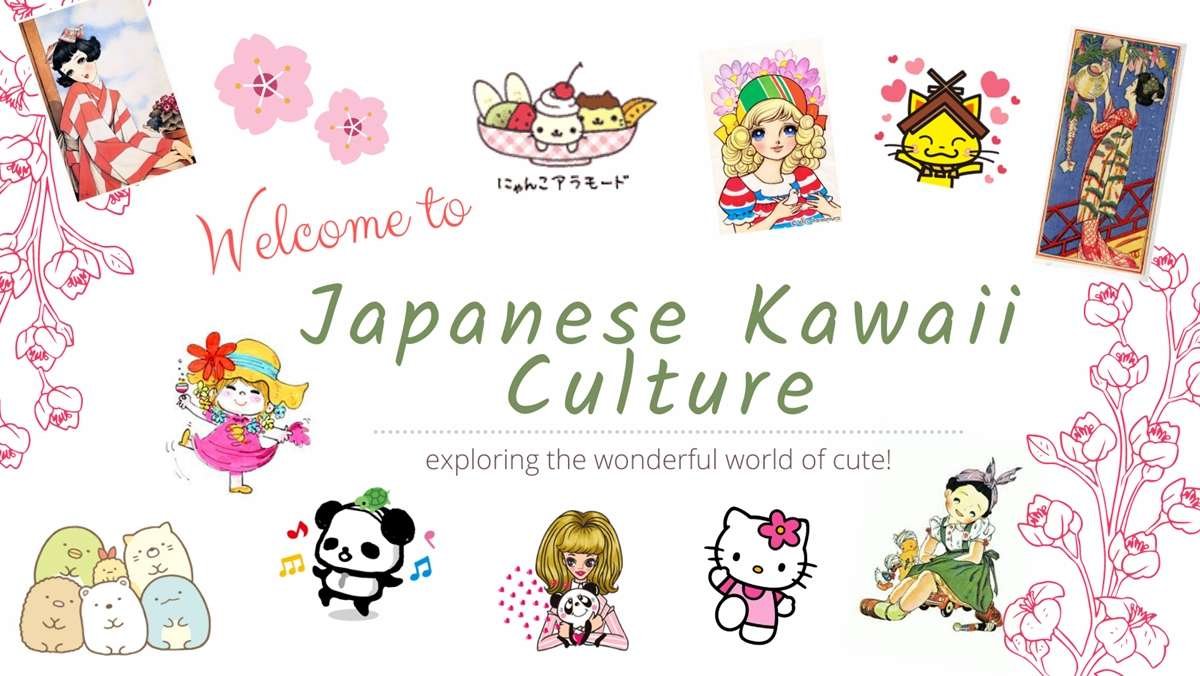
What’s even more intriguing is that science supports the good impacts of Kawaii. According to a Hiroshima University research, watching photographs of beautiful animals like as puppies and kittens increased students’ work performance.
The researchers found that this performance advantage resulted from increased concentration caused by exposure to attractiveness. This might explain why so many Japanese workplaces are furnished with adorable images and products to boost productivity.
Kawaii is present in everyday Japanese life
Kawaii is deeply woven into the fabric of everyday life in Japan, influencing not only consumer goods but also personal habits, public spaces, and even social behavior.
You can see its presence in something as simple as the way people write—adorning their handwriting with cute symbols like hearts, stars, or small animal faces is common, especially among younger generations.
This style, known as “Kawaii writing,” is seen in personal notes, school assignments, and even formal communication at times, adding a playful and personal touch to written words.
Kawaii culture also manifests in daily objects that people use. From household items to stationery, products often feature vibrant colors, soft shapes, and adorable characters.
Items like phone cases, notebooks, and kitchen utensils are often designed to evoke a sense of charm and fun, making everyday tasks more enjoyable. Even public amenities, such as signs in train stations or government offices, sometimes incorporate cute mascots or designs to soften the experience and make interactions more friendly and approachable.

In terms of lifestyle, Kawaii plays a significant role in personal expression. People incorporate Kawaii elements into their appearance, from makeup and fashion to accessories.
There’s a wide range of Kawaii fashion styles, from the Lolita look, which emphasizes Victorian-era dresses with frills and lace, to more casual street styles with oversized clothing and playful accessories.
People also engage in hobbies or collections that reflect Kawaii aesthetics, whether it’s collecting plush toys, decorating their homes with cute figurines, or taking part in online communities dedicated to the Kawaii lifestyle.
Beyond personal appearance and possessions, Kawaii culture is reflected in social interactions and public persona. In Japan, there’s a cultural appreciation for qualities like humility, innocence, and childlike wonder, which Kawaii often embodies.
People might modify their behavior to appear more approachable and endearing in social situations, using soft tones of voice or playful gestures to convey a sense of charm.
In sum, Kawaii is not just a fleeting trend—it’s a deeply ingrained cultural phenomenon that affects how people in Japan relate to the world around them, shaping everything from consumer goods to the way they express themselves and interact with others.
Kawaii handwriting
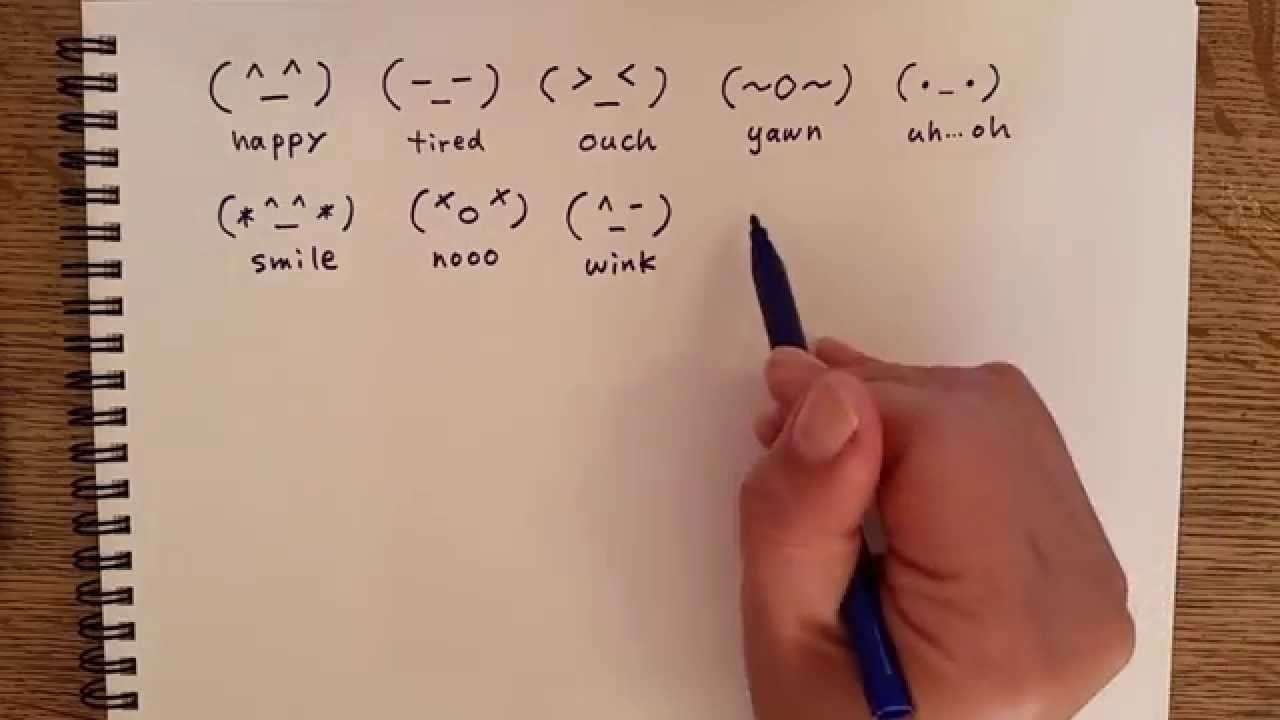
Kawaii handwriting first emerged in the 1970s, when Japanese schoolgirls began using mechanical pencils to produce softer, rounder letters embellished with hearts, stars, and kaomoji.
This new handwriting style was in sharp contrast to conventional Japanese script, which had thin, delicate strokes and consistent letters. Initially, Kawaii handwriting was forbidden in several schools because to its difficulty to read. However, by the 1980s, it had become a full-fledged fad, with numerous appearances in periodicals and advertising.
Kawaii products

The rise of Kawaii items is another significant feature of this cultural phenomena. Iconic characters like as Hello Kitty, which appeared in the 1970s, were instant hits and became global emblems of cuteness.
What made Hello Kitty stand out was its attraction to audiences beyond than youngsters, including adults. Sanrio, the firm behind Hello Kitty, eventually produced additional Kawaii characters with more complex personalities, such as Gudetama and Aggretsuko, who wowed fans by blending cuteness with deeper, relatable characteristics.
Idol Culture and Kawaii Fashion
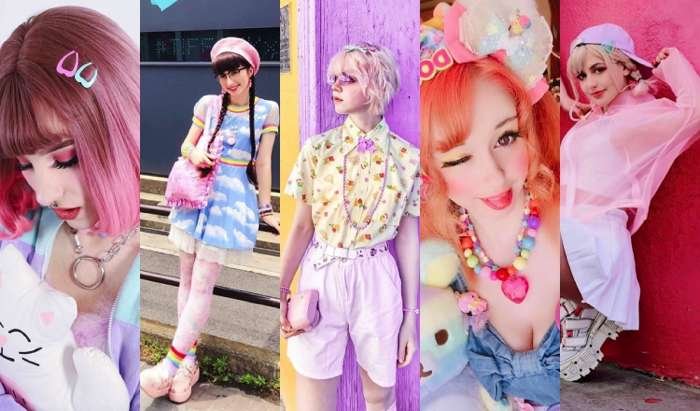
Kawaii’s impact extends beyond items and into lifestyle choices, as well as the realm of idols and fashion. Seiko Matsuda was one of the first pop stars to be identified with Kawaii in the 1980s, and her innocent, girlish appeal quickly became a national trend.
Japanese ladies sought to emulate her look, even her gentle, childish personality. As Kawaii culture expanded, it began to influence fashion, particularly the Lolita fashion style. Lolita style has become a global hit, including dresses embellished with lace, ribbons, and aprons that exude sweetness, innocence, and subtle charm.
Kawaii as a lifestyle
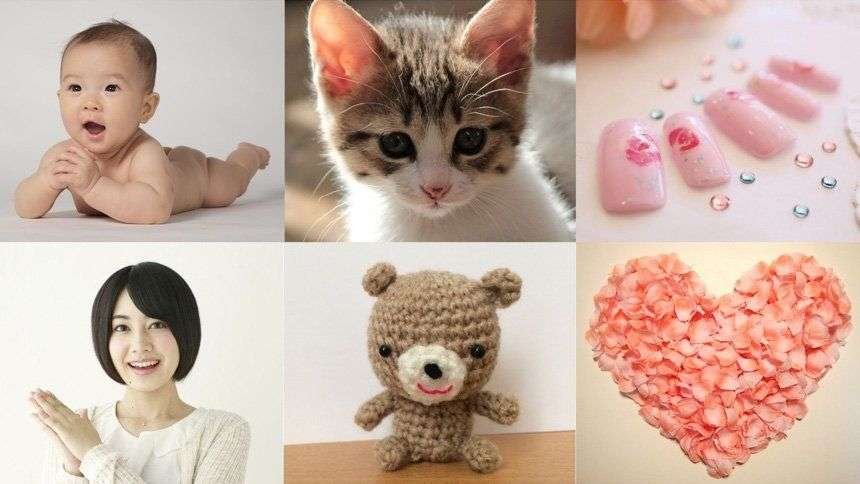
Kawaii is not just for ladies in Japan; guys have also embraced the lifestyle. Many Japanese guys now choose longer haircuts and want to seem younger and more attractive. Some people even eliminate body hair to get a more youthful, innocent appearance.
According to studies, Japanese women favor charming, childish characteristics like round faces and wide eyes, which has led to fads such as circle lenses, eyelash extensions, and even cosmetic surgery to attain a more “Kawaii” appearance.
Kawaii culture in Japan extends well beyond surface attractiveness. It is a multidimensional cultural force that has influenced everything from consumer items to interpersonal interactions, attracting individuals of all ages and genders.
Kawaii is more than simply a passing fad; it is a significant cultural movement that gives joy, connection, and comfort via the simplest and smallest aspects of everyday life.





